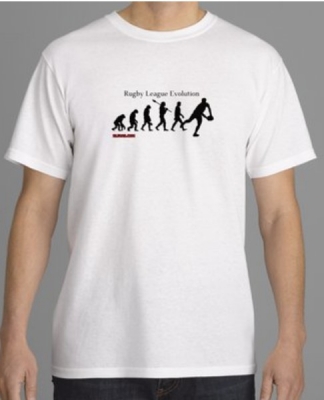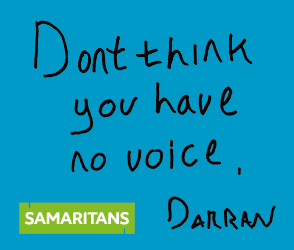Quote: headhunter "Like I said then, just tell him to roughly try to stay in line with the ball at all times and to stand deep enough so that opposition players can't get around the outside of him. Professional teams operate with different defensive systems and obviously at a much more complicated level than what your son is playing at, so trying to copy exactly what they do in defence might confuse him a bit. The most important thing is for him to learn to anticipate where the ball is going to go and so where he needs to be in relation to this. All professional fullbacks will do this naturally without having to think about it, and pretty much everything else they do comes as a result of that.'"
What he said. Roughly in line with the ball without overcommitting.
It's unlikely an attacking team will kick early in the set so he can stay close enough to the line (I would guesstimate 10-20 metres) to intercept any breaks early. On tackle 4 he needs to drop deeper (30-40 metres) and remember to instruct his wingers to drop on 5, or 4 if the coach prefers. A big point for a full-back (indeed any defender) is that the touchline is his friend; he never needs to be too tight to the touchline when positioning himself in general play.
Learning to run an 'intercept' line is tricky at a young age. I would try and get him to understand that he's not trying to catch the attacker, but to cut him off from the tryline, and/or shepherd him to the touchline where has has nowhere to go.
As a simple exercise, roll a tennis ball on the floor and ask him to roll a ball from another angle to intercept its line before it gets there. He'll have to roll his ball ahead of the ball in motion. That should demonstrate the angles he's looking for.
And practice, practice, practice catching and tackling. A good tip for open field one-on-one tackling is again, not to overcommit. Don't sprint at the attacker and hurl yourself at him, any decent runner will just step. Show him you're a calm presence closing him and his angles down and he'll have to either make a decision or take the tackle.
If you also want him to look at joining the attacking line then yes, watch players like Slater and Wellens. They will form a second or third phase of attack, hitting the attacking line as the other players complete their moves or runs. Full-backs often position themselves behind the play-the ball so the defence doesn't see them and therefore doesn't count them when matching up defensive numbers. The full-back will then sprint round the back of the line as the ball moves through hands and inject into the line as an extra attacker, hopefully outnumbering the defenders.
Running this sort of stuff as a set move is fairly advanced so I'm not sure if his coach will be doing that with 12 year-olds, but there's no reason he can't take it upon himself to practice this as a support player.











